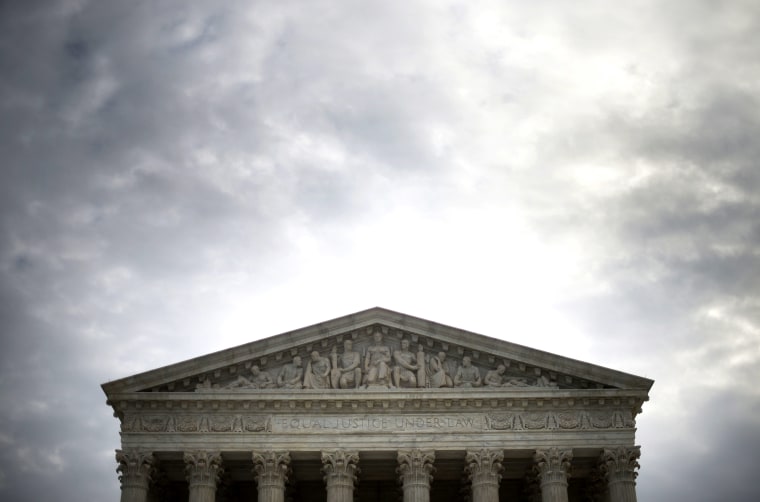Fifty years ago, in the wake of the events at Selma and the passage of the Voting Rights Act of 1965, Dr. Martin Luther King, Jr. shifted his advocacy efforts to the north. Upon surveying conditions on the ground in Chicago, Dr. King took note of a dire reality: residential racial segregation was so stark that an end to discrimination across a broad spectrum of areas of life would be insufficient to ensure meaningful access to opportunity for African Americans.
"Fair housing is a bedrock civil rights principle that is needed to ensure the promise of equal opportunity for all."'
Residents of Chicago’s South and West Sides could not realistically achieve employment in factories in faraway suburbs, regardless of how enlightened their hiring policies. Likewise, student assignment policies were not up to the task of creating access to quality education in integrated classrooms across substantial geographic divides. This circumstance was holding the United States back from reaching its full potential as a society.
As a result, Dr. King prioritized the issues of fair housing and residential integration and worked with allies to launch the Chicago Freedom Movement. Throughout 1966, Dr. King marched and organized for an end to discriminatory conduct by real estate boards and mortgage lenders, as well as for the commencement of investments in affordable housing that would promote integration throughout the city’s neighborhoods. In the short-term, the Chicago Freedom Movement achieved only mixed success, but the campaign laid the groundwork for the passage of the federal Fair Housing Act in the days immediately following the assassination of Dr. King in 1968.
Congress took on the ambitious but important task of promoting residential racial integration in the face of engrained segregation when it enacted the Fair Housing Act in 1968. But, now with a case called Inclusive Communities Project v. Texas Department of Housing & Community Affairs pending before the Supreme Court, the ability of communities of color to effectively challenge policies that perpetuate their isolation and marginalization hangs in the balance.
On January 21, the Justices will examine the question of whether victims of discrimination can prove that their rights were violated through evidence of the unjustified discriminatory effects of policies to which they were subjected. In order to achieve Congress’s goals and realize Dr. King’s dream, it is critical that the Supreme Court retain this long-recognized standard.
"Only by dismantling these policies can the United States continue its progress toward the fulfillment of Dr. King’s dream of open, integrated communities."'
The discriminatory effects or disparate impact standard, as it is often called, allows for challenges to policies that either have a disproportionate adverse effect on individuals because of their race, color, national origin, religion, sex, disability status, or familial status, or that perpetuate the segregation of people on the basis of one of those characteristics. Those challenges are only successful if the defendant in such a case does not have a substantial justification for their policy or if there is an alternative policy that would also serve that interest without resulting in a disparate impact.
The standard serves to fill what would otherwise be gaping holes in fair housing law, enabling communities and advocates to confront systemic barriers to integration that may be grounded in implicit bias, a covert intent to discriminate, or the thoughtless perpetuation of exclusionary policies whose racialized roots are not widely known. Beginning over forty years ago, courts have applied the disparate impact standard in cases challenging zoning and land use policies that prohibit or severely limit the construction of affordable housing, affordable housing development policies that concentrate subsidized units in communities of color, and policies that increase the cost of mortgage credit for African American and Latino households.
These types of discriminatory policies still exist today and continue explicitly discriminatory policies of past generations. Only by dismantling these policies can the United States continue its progress toward the fulfillment of Dr. King’s dream of open, integrated communities. In recognition of this reality, all eleven of the federal Courts of Appeal to have addressed the legal question before the Supreme Court have concluded that these claims are viable.
Fair housing is a bedrock civil rights principle that is needed to ensure the promise of equal opportunity for all. By confirming the long-settled consensus of the courts that victims of discrimination can use the disparate impact standard to prove their allegations, the Supreme Court can respect the intent of Congress and honor the legacy of Dr. Martin Luther King, Jr.
Barbara R. Arnwine the President and CEO of the Lawyers’ Committee for Civil Rights Under Law.
